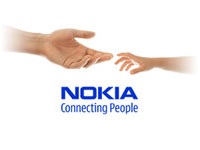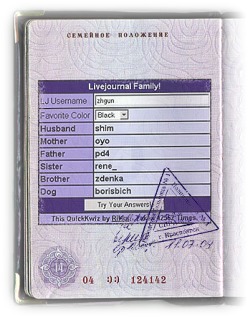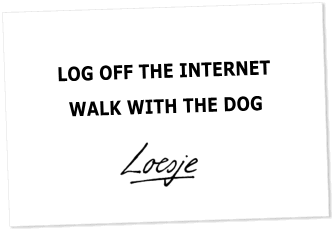The end of XX century was marked by the entry of essentially new means of mass communication in the life of people — the global Internet network. Internet has become an integral component of information space in postmodernism societies, and its value grows steadily every year. The global network creates finally, builds around itself the specific form of the culture — cyberculture.
Cyberculture wasn’t always connected with computers and networking: such «cyberculture pioneers» like Gibson even «didn’t have a modem» while writing their stories where main characters spend their lives in the Network.
We see two periods in history of cyberculture: before the Web (past), and after the Web was invented (present). In fact, these were only books and movies where cyberspace and cyberpunk existed in the past, before the Web. That time they were imaginary ones. After «the birth» of the Web, we see real examples of cyberspace Internet and cyberpunks netizens, which moreover were quite closely predicted by the writers of cyberpunk genre.
There are strong traceable connections between past and present of cyberculture development you may observe below:
|
| past |
|
present |
 |
|
|
|
| cyberspace |
 |
internet |
|
|
|
| cyberpunk |
 |
netizens |
|
|
|
| cyberstuff |
 |
virtuality |
|
|
|
 Speaking about the nearest future, social consequences of further cyberculture development can be both positive and negative. Speaking about the nearest future, social consequences of further cyberculture development can be both positive and negative.
To negative it is possible to point a decrease in a cultural level with an opportunity to increase sharply the number of people being only mechanical consumers of the given information; and isolation of the individual.
It is necessary to understand the process of isolation of the individual when, without public regulation of information, a moment will come when people will start to communicate, as a rule, indirectly — through the computer. Rise of teleworking (in which professionals work away from the office, perhaps at home, cafe or beach). Is this a good or bad thing? Older members of staff will find it more difficult to convert. We think that measures of employee effectiveness need to be re-thought. Today companies coordinate online and physical resources in unison to enhance system infrastructure. Instead of living in the virtual world as proposed by many early trend spotters, we have brought virtual data into the physical world.
From the positive sides we want to name a free development of an individual, development of the information and communicative society, «smart» societies. The Internet has changed society but it has changed itself, too. It has lost its relative autonomy from the rest of the culture and has become an extension of the real world. Now there is a great opportunity to create a peace around the whole globe, connect every country together. |
|
|
|
 We want to say that we already live in a network, in the world of 1’s and 0’s, but we haven’t realised it yet. A network of supermarkets, a network of railways and their ticket offices, a network of bookshops, a network of McDonald’s®, a network of polyclinics, banks, housing offices. We want to say that we already live in a network, in the world of 1’s and 0’s, but we haven’t realised it yet. A network of supermarkets, a network of railways and their ticket offices, a network of bookshops, a network of McDonald’s®, a network of polyclinics, banks, housing offices.
Nevertheless even then, when audio-video conferences will become effective and simple in management and use, the will be no chances of the physical contact ever — it is necessary to forget about business hand shakes, friendly pats on a back and will be neither gentle embraces, nor kisses. Limitation of touch experience in a cyberspace bears a number of significant lacks with itself — however, alongside with some unique advantages — in comparison with meetings face to face.
We want to finish with the words of the greatest romantic of before-network epoch of XX century, Antoine de Sent-Exupery: «The real unique luxury — is a luxury of human communication».
|
|


 Speaking about the nearest future, social consequences of further cyberculture development can be both positive and negative.
Speaking about the nearest future, social consequences of further cyberculture development can be both positive and negative. 